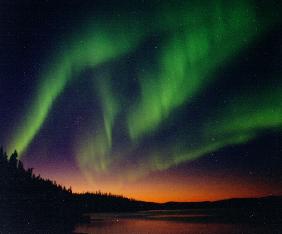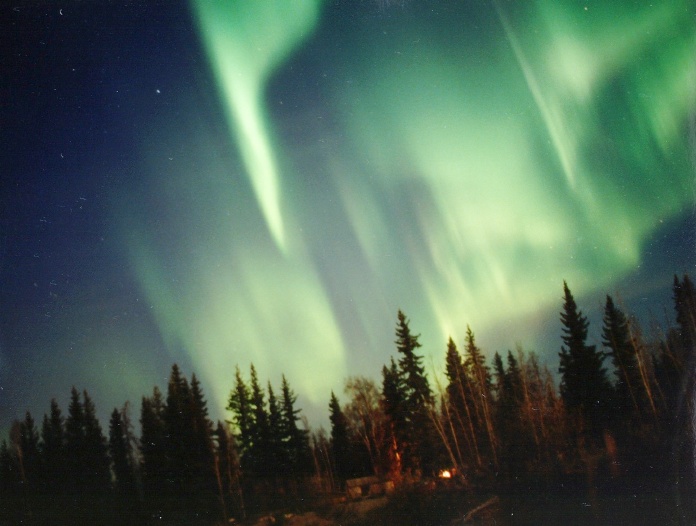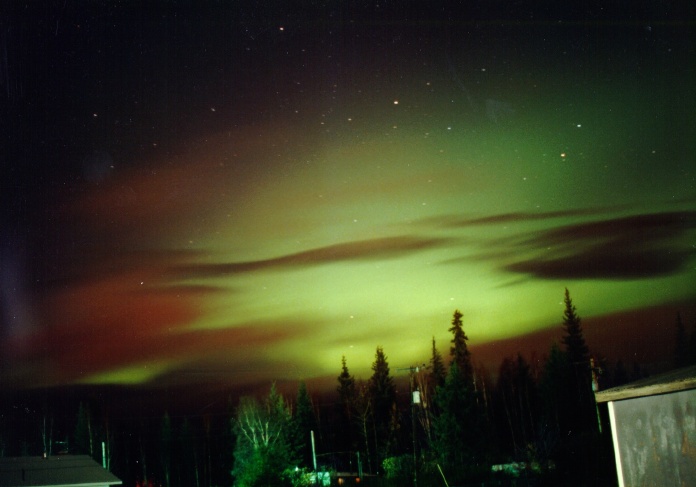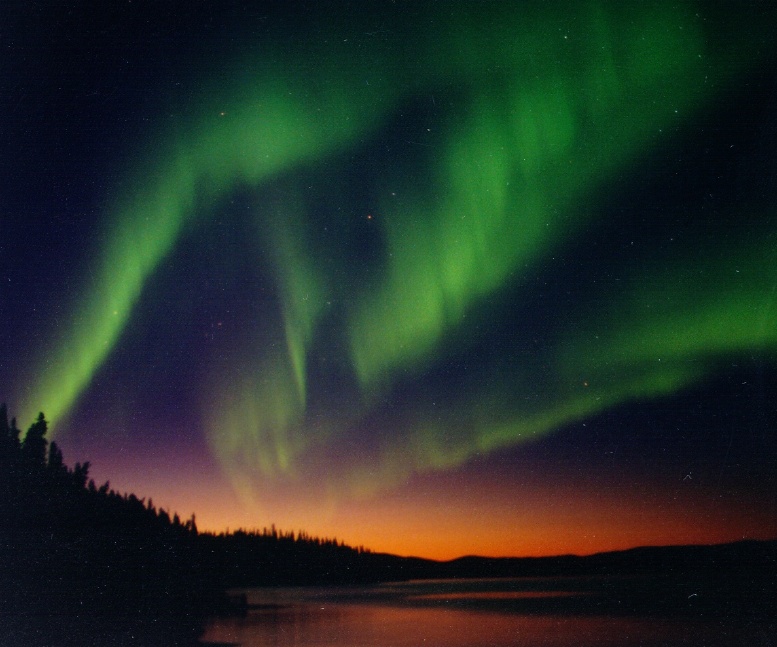
A plasma is an electrically charged gas that can glow and shimmer, like
the bright, pink haze in neon tubes [image: neon sign that flashes "Eat at Joe's"]
or the brilliant Aurora Borealis (or Northern Lights) sometimes visible in the
night sky near the north or south Pole.

What is a gas?
A gas is made up of a lot of tiny, little particles called molecules. [Image: movie of swarming particles indicating the motions of a gas] Each molecule is too small to see with the naked eye, and is made up of just a few atoms. [Image: zoomed-in picture of a molecule, another zoomed-in picture of an atom] Examples of gases are
The atoms and molecules in a gas are made up of electrons, protons and neutrons. [Image: picture illustrating electrons, protons and neutrons].
... ok, j.c., please continue. the concepts here are very difficult to convey to a young reader. this is just the nature of the subject, i think. i removed the discussion of solids and liquids because, though interesting, they are a bit distracting for the topic at hand. therefore, i concentrated on gases. also, i think you should spend a bit more space describing the concept of charge: opposites attract, like-signed charges repel. i think this will be one of the more challenging pages to write. good luck!
Normally, each atom and each molecule has the same number of electrons and protons. We say that the molecules are not charged. A gas consisting of non-charged molecules does not conduct electricity.
If the gas becomes very hot, like in the Sun,, the molecules/atoms get ripped apart in the sense that molecules/atoms loose one or more electrons. Now, the molecules/atoms have more protons that electrons and we say that the molecules in a gas are charged. A gas that consists of charged molecules becomes very good at conducting electricity and is called a plasma. In other words, a plasma is a collection of charged molecules, which has similar properties to those of a gas but differ from a gas in being a good conductor of electricity. Another important difference between a gas and a plasma is that the latter is affected by magnetic fields. A typical example of a plasma is the "stuff" contained in glowing neon tubes.
In Nature, a fantastic display of a plasma are the Northern Lights (also called aurora) shown in the pictures below. The occurrence of the aurora is closely linked to physical processes occurring on the Sun. Simply speaking the Northern Lights are caused by the interaction of the solar wind with the atmosphere of the Earth.


